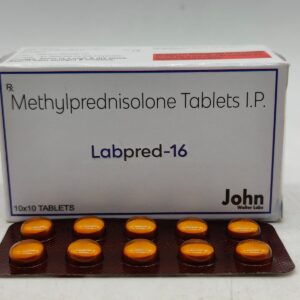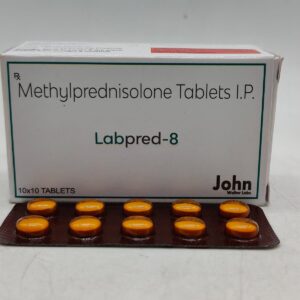In a strategic move aimed at strengthening India’s pharmaceutical innovation ecosystem, the government has extended the deadline for the ₹5,000 crore Promotion of Research and Innovation in Pharma & MedTech (PRIP) scheme to 10 November. This shift offers a strong signal—India is determined to move beyond being the “pharmacy of the world” and take steps toward becoming the “laboratory of the world”.
A Snapshot of the Indian Pharma Landscape
Currently, the Indian pharmaceutical industry accounts for about 3.4% of the global pharma market. While this is a meaningful share, it also highlights considerable headroom for growth—analysts believe India could reach 4% (~US$130 billion) or even 5% (~US$160 billion) of the global market with the right conditions.
Historically, India has excelled in producing generics and affordable medications at scale—earning global recognition. But when it comes to high-risk, high-reward research (for example new chemical entities, biologics or novel medical devices), the country has been less dominant.
Why the ₹5,000 crore Scheme?
There are two main interlinked challenges: one, India’s R&D intensity in pharma has lagged behind global peers; and two, there is a need to transition the industry model from volume-based generics to innovation-led, value-based products.
For example: while leading Western pharma firms typically spend 15–20% (or more) of revenue on R&D (especially for therapies like gene or precision medicine), top Indian companies invested only about 7.2% of their sales in R&D in 2020-21.
The PRIP scheme is designed to help close that gap. It targets research infrastructure (via centres of excellence) and direct grants (to industry and startups) across priority areas. Specifically:
- ₹700 crore is earmarked for establishing world-class shared research infrastructure through the seven branches of National Institute of Pharmaceutical Education and Research (NIPER). This is meant to deepen industry-academia linkages, build strong scientific talent and anchor long-term competitiveness.
- ₹4,200 crore is allocated to provide direct financial grants to the industry and innovative startups—encouraging risk-taking in strategic, high-potential areas.
In addition, projects targeting “strategic priority innovations” (SPIs) such as orphan drugs, antimicrobials, biosimilars and novel devices are given higher support — up to 50% of project cost.
This is where a research-focused firm like John Walter Labs which is focused on pharmaceutical research and product innovation, could benefit from the government’s ₹5,000 crore PRIP scheme., could envision leveraging such a scheme to deepen their pipeline or device-development roadmap.
Why the Deadline Extension?
On paper, the scheme had already drawn a “fairly encouraging” response from startups, MSMEs, large industry players and multinationals. But the extension was granted for these practical reasons:
- Ensuring wider participation: By allowing more time, the government is making sure potential applicants—including smaller companies or those less familiar with large grant applications—get an opportunity.
- Addressing administrative bottlenecks: Applicants needed to complete formalities like entity locker registration and fee payment on the government’s portal (Bharatkosh). These steps take time, especially for smaller players, so the extension accommodates those realities.
In short: it’s not just about the money, it’s about creating accessibility and inclusivity.
What This Means Going Forward
For India’s pharma-medtech ecosystem the implications are significant:
- Innovation culture boost: With grants and infrastructure support, more players can consider thinking beyond generics, towards novel drug and device pathways.
- Stronger start-up funnel: The scheme creates incentives for startups and MSMEs to invest in early-stage, high-risk research—something which has been harder in India historically.
- Global competitiveness: By targeting major gaps (e.g., orphan drugs, complex generics, biosimilars), India can aim to expand its global share, not just in volume but in high-value segments.
- Industry-academia linkages: Building shared infrastructure and linking research institutes with industry can accelerate translation of ideas into commercial products.
However, the usual caveats apply: successful execution will require fine governance, rigorous monitoring, and continuous follow-through. Availability of funds is one thing; converting them into commercially viable products is quite another.
Final Thoughts
In extending the deadline for the ₹5,000 crore PRIP scheme, the government has underscored that the opportunity for India’s pharma-medtech sector is not just about keeping pace—it’s about leap-frogging. By enabling broader participation and taking pragmatic steps to smooth applicant access, the path is being laid for conversion from ‘generic powerhouse’ to ‘innovation hub’.
For companies, researchers and startups alike, this is an invitation: apply with ambition, align with priority areas, and consider how you might play a role in redefining India’s global pharma footprint. The momentum is now; the structure is in place. The next challenge—but the bigger opportunity—is translating that into real breakthroughs.












